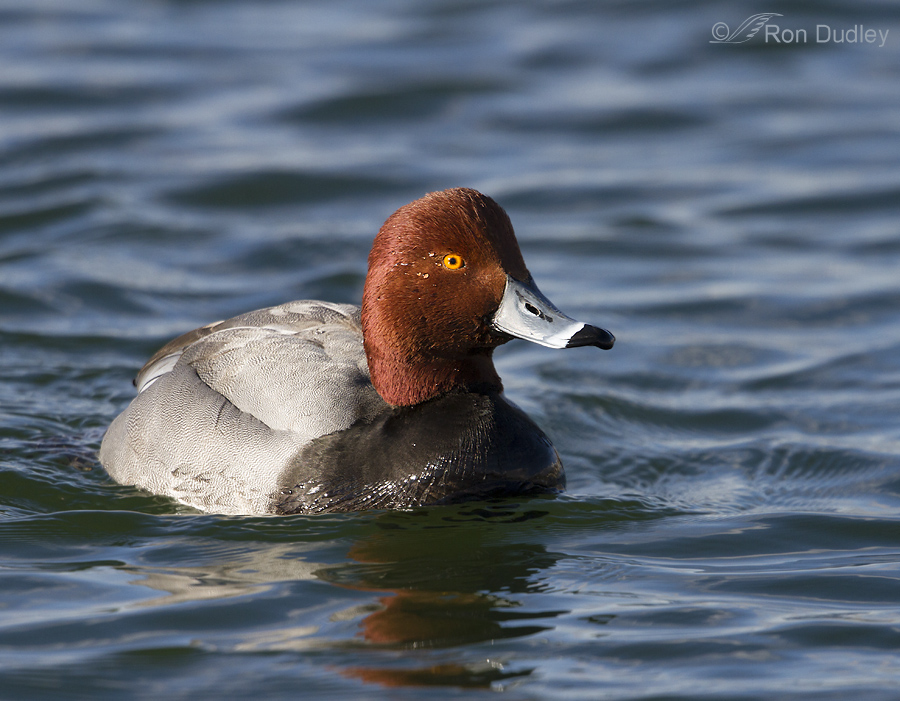
“If you’ve dated a redhead raise your glass, if not . . . raise your standards” – Anonymous.
Redheads (of the duck variety) begin to pair up on their winter range and some of the birds now migrating through my area have already formed their monogamous pair bonds.
Continue reading